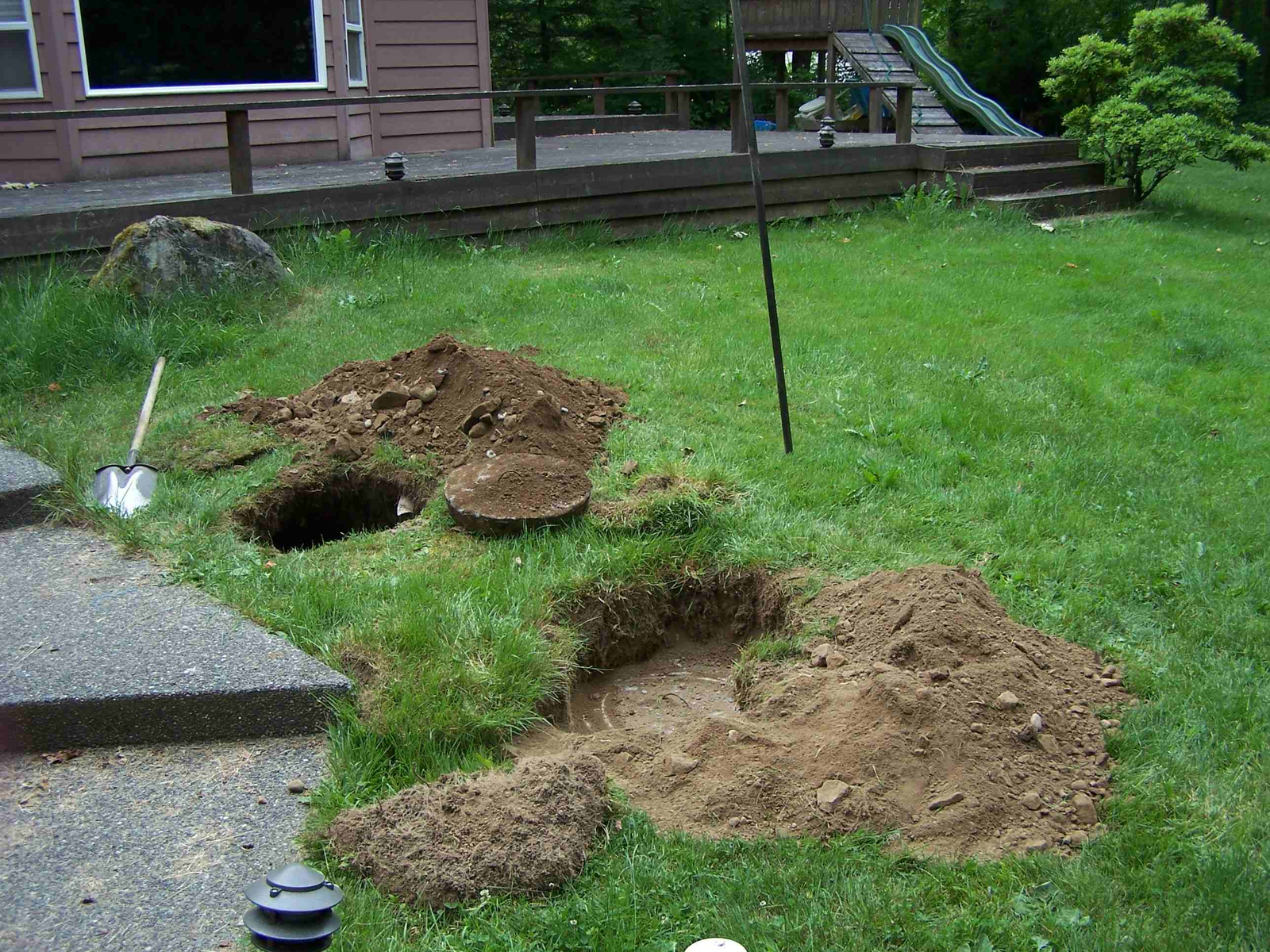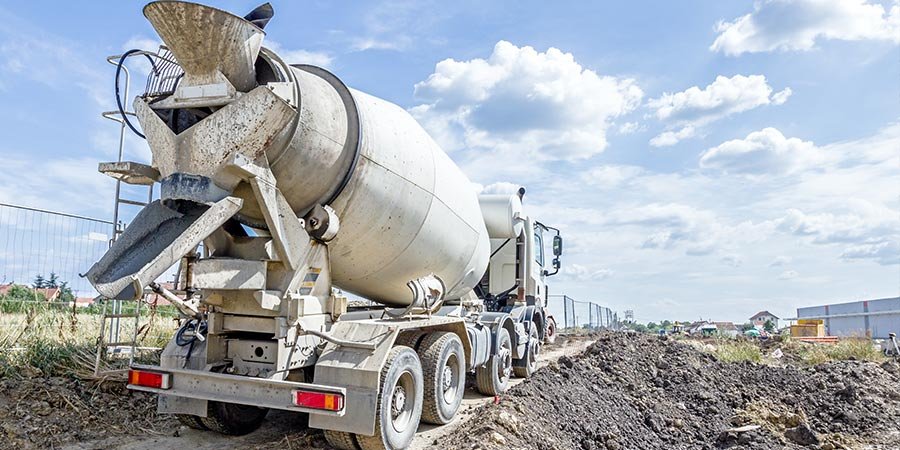Introduction
For homeowners and property managers, maintaining a well-functioning septic system is crucial to ensure a healthy environment and the smooth operation of daily activities. One of the key aspects of septic system maintenance is septic tank locating. This process involves identifying the exact position of the septic tank buried underground. In this blog, we will delve into the importance of septic tank locating and provide valuable tips for homeowners and property managers to ensure their septic systems remain efficient and problem-free.
Why Septic Tank Locating Matters
Septic tank locating may seem like a mundane task. It plays a vital role in the overall health and longevity of your septic system. Knowing the precise location of the septic tank offers numerous benefits, including
- Preventing Costly Mistakes: Unintentional digging or construction over the septic tank area can cause severe damage to the system. Locating the tank beforehand helps prevent costly repairs and avoids disruptions to your property.
- Efficient Maintenance: Routine maintenance, such as tank pumping, is essential for keeping your septic system functioning properly. Knowing where the tank is situated makes the process much more efficient, saving time and effort.
- Troubleshooting and Repairs: In case of any issues with your septic system. Identifying the location of the tank allows professionals to access it quickly for troubleshooting and repairs.
- Upgrading and Expanding: If you plan to expand your property or upgrade your septic system. Knowing the location of the existing tank is crucial for proper planning and installation.
How to Locate Your Septic Tank
Locating a septic tank can be a challenging task, especially if you have no prior experience. Here are some useful tips to help homeowners and property managers find their septic tanks:
- Review Property Records: If you’re unsure about the location of your septic tank, check the property records, blueprints, or septic system permit documents. These records often contain valuable information about the tank’s placement.
- Look for Visual Clues: Septic tanks are typically buried underground, but there are usually visual indicators such as manhole covers. Inspection ports, or small depressions in the soil can give you a general idea of where the tank might be located.
- Metal Detector: A metal detector can effectively detect metal components of the septic tank. Such as the manhole cover or reinforcing bars.
- Hire a Professional: If all else fails, it’s best to seek assistance from a professional septic tank locator. These experts use specialized equipment and techniques like ground-penetrating radar to accurately locate septic tanks.
Regular Maintenance and Inspection
Once you’ve successfully located your septic tank, regular maintenance and inspections are critical to ensure its proper functioning. Follow these best practices:
- Pumping Schedule: Adhere to a regular pumping schedule recommended by septic experts. The frequency of pumping depends on the tank’s size, the number of occupants, and the usage patterns.Typically, tanks need to be pumped every three to five years.
- Monitor Water Usage: Be mindful of water usage to avoid overloading the septic system. Fix any leaks promptly, install low-flow fixtures, and avoid excessive water usage during a short period.
- Proper Waste Disposal: Never dispose of non-biodegradable or harmful substances down the drains. As they can clog the system and lead to costly repairs.
- Inspections: Schedule regular inspections by a qualified septic professional. They will assess the condition of the tank, check for any signs of damage, and ensure that the system complies with local regulations.
Taking Care of Your Septic Drainfield
The septic drain field, also known as the leach field, is equally important as the septic tank. It is responsible for treating the effluent that flows out of the tank. Proper care of the drain field will prevent issues and prolong the life of your septic system:
- Avoid Compacting the Soil: Keep heavy machinery and vehicles away from the drainfield area to avoid soil compaction, which can hinder the absorption of effluent.
- Plant Trees Wisely: Plant trees and shrubs at a safe distance from the drainfield to prevent roots from invading and damaging the system.
- Divert Rainwater: Ensure that rainwater and surface runoff are directed away from the drain field to avoid oversaturating the soil.
- Limit Chemical Use: Minimize the use of harsh chemicals and detergents that can harm the beneficial bacteria in the septic system, affecting its ability to break down waste effectively.
Conclusion
Septic tank locating is an essential part of maintaining a well-functioning septic system. By knowing the exact location of your septic tank, you can prevent costly mistakes, efficiently perform maintenance, and troubleshoot issues more effectively. Septic tank pumping Regular maintenance, inspections, and proper care of the septic drain field are also crucial to ensure the longevity and efficiency of your septic system. For complex tasks or if you’re uncertain about the location of your septic tank, don’t hesitate to seek help from professional septic tank locators. Taking these steps will ensure that your septic system operates smoothly, promoting a healthy environment and providing peace of mind for homeowners and property managers alike.



